After so much beach and tranquility in El Cuyo, we are drawn back to civilization, especially for the next Mexican cultural event. Soon it will be Día de los Muertos, the Day of the Dead. We don’t want to miss out on this spectacle, so we stop the region around Playa del Carmen. This coastal town is said to be ideal for getting an impression of Día de los Muertos on the Yucatán Peninsula. We are excited to immerse ourselves in a completely different way of dealing with death for us Europeans.
Customs of the Día de los Muertos
The significance of the Day of the Dead is particularly impressive. Once a year, the souls of the deceased return from the afterlife to celebrate a joyful reunion with the living. Accordingly, the atmosphere is usually cheerful in the manner of a folk festival and much less depressed than the way death is normally dealt with in Western European culture. Everywhere, altars are set up to commemorate the deceased members of the family or, in the case of large companies, the employees, decorated and topped up with many gifts for the dead. After all, the guests – i.e. the returning deceased – should want for nothing. All kinds of earthly gifts are provided at altars for adults: Beer, schnapps, cigarettes, plenty of food and lots of sweet treats. At altars dedicated to deceased children, the focus is placed even more on sweets, depending on the children’s preferences. In general, there is a lot of freedom in the design of the altars. For example, if a vehicle or seafaring played a major role in the earthly life of the deceased, elements such as a steering wheel or a captain’s cap are often placed on the altar.
The graves in the cemeteries are decorated in a similar way, although not quite as lavishly as the altars. However, it is quite normal to go to the cemetery with the family over the holidays and have a picnic around the grave. Only in the case of newly erected graves do we understandably feel a sense of sadness on the part of the relatives, otherwise people make music, eat and drink even more and simply spend time with the deceased in the cemetery.
The highlight of the festival is November 1st and 2nd. On the first, the deceased children’s souls are given a good return and the activities are geared towards children’s souls. In the middle of Playa del Carmen in the city park, we can admire the crowning of the most beautiful catrinas of the young people. Catrinas are the worldly embodiment of the dead by dressing up as skeletons mixed with eye-catching themes and extremely colorful dresses.
On the second of November, attention is then turned to the returning adult souls.
The custom is accompanied by many colorfully decorated skulls, skeletons, death’s heads in all variations and special flower decorations made from the local orange marigolds. It is also completely normal for passers-by to be dressed more or less as Catrinas – the embodiment of the dead. Many wear make-up on their faces and are thus part of the spectacle.
In other parts of Mexico, there are also catrina parades, which would have been the highlight of the spectacle for us tourists. Unfortunately, the revival of the tradition has been delayed since corona, which is why we can’t experience a parade in Playa del Carmen this year. In other towns and regions, however, the processions still take place or are taking place again.
Playa del Carmen
Let’s be honest right at the start: without the Día de los Muertos holiday, we probably wouldn’t have spent several days in and around Playa del Carmen. The town, or rather the tourist center, feels more like an American amusement park. It is very much geared towards partygoers and consumption in general is extremely important here. It no longer has much in common with Mexico. The beach is also built up with resorts right down to the sea in many places and is no longer particularly inviting for swimming or beach walks. To be fair, it must be mentioned that the current weather conditions are washing up an extremely large amount of algae along the entire coastline of the south-east side of Yucatán, which would probably be better in the high season and then the beach would certainly be more inviting.
Puerto Morelos
Not far from Playa del Carmen lies a coastal town between the two tourist centers of Cancún and Playa del Carmen: Puerto Morelos. We feel more at home here, for example, the coastline is still largely free to walk unhindered along the sea. The restaurants and hotels in the first row by the sea are also open to walk-in customers, resulting in a friendlier atmosphere instead of the closed-off exclusion that is sometimes the case in Playa del Carmen. There are also only a few party options and, accordingly, tourism here is not young and wild, but rather quiet and relaxed, just the slow beach life we appreciate – almost like on a Caribbean island.
Xcaret amusement park
Something completely different as an attraction: a Mexican-style amusement park with a noticeable influence from American amusement parks. We don’t really know whether we like the idea of visiting Xcaret or not. In the end, we are persuaded to book because of the special theme in the park, especially for Día de los Muertos. After all, 120 USD for admission is quite a lot for a day ticket in Mexico. The park is focused on nature, although this should not be confused with naturalness. There is a bird house, a butterfly house and various other animal enclosures. Here the local flora and fauna can be viewed up close. Efforts are also being made to offset the park’s activities with renaturation and conservation projects. Certainly, a good idea for Mexico, but the park is set up as such a spectacle that the ecological aspects seem to us secondary at best.
The highlight of the activities in the park for us were the underground rivers – artificially created, of course, but we can float under the park grounds until we reach the mouth of the river in the sea again. There are many more activities, but they all have to be paid for separately. For example, swimming with dolphins or sharks, a ride on a speedboat in the sea and others. These would add a lot to our daily budget and we don’t want to support a dolphin swim for ideological reasons. So, we enjoy the evening in the park with reference to Día de los Muertos.
The Mayan village and the cemetery in the park are richly decorated according to custom and there are also various altars set up. In addition to the decorated parts of the park, local drinks and food can be sampled everywhere. Of course, we are already used to this in Mexico, but for a guest who doesn’t usually travel much through Mexico, this is certainly an enrichment.
And finally, the big evening show is the main attraction of the performances in the park. Various elements of Mexican and previous Mayan culture are presented theatrically. For example, we finally see a real version of the Maya ball game pelota. The players only hit the ball with their bodies but not with their feet, head or forearms and yet they are able to hit a ring horizontally with the ball at a height of about three meters. We were also able to marvel at a fireball game and flying Mayans who slowly swung down from a rotating tower. And finally, the more modern history of the Mexicans was celebrated with lots of music and dance as well as the pride of different parts of the country. All in all, it was a real spectacle and our visit was well worth it.
We cannot give a clear recommendation for Xcaret Park. Of course, for a short visit on vacation, the park provides a good overview of many attractions that can be experienced even more authentically on their own in Mexico. If you don’t have enough time for the individual stops in Mexico, it’s worth visiting. As we had already seen quite a bit of Mexico ourselves, the Xcaret park was not a must, but it had enough experiences for us that we certainly wouldn’t want to miss in retrospect.
And now, after Día de los Muertos, we will soon be moving on to the next country. On the way to the border, we’ll make a stop at the Mayan ruins in Tulum, but then we’ll really get out of Mexico and into the next adventure on our journey!
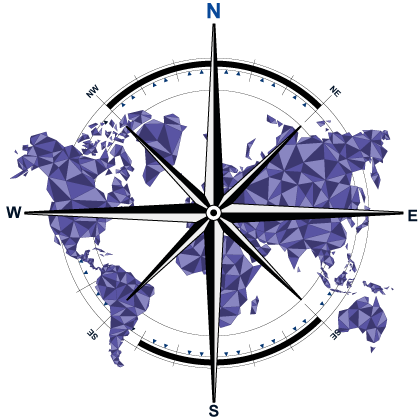
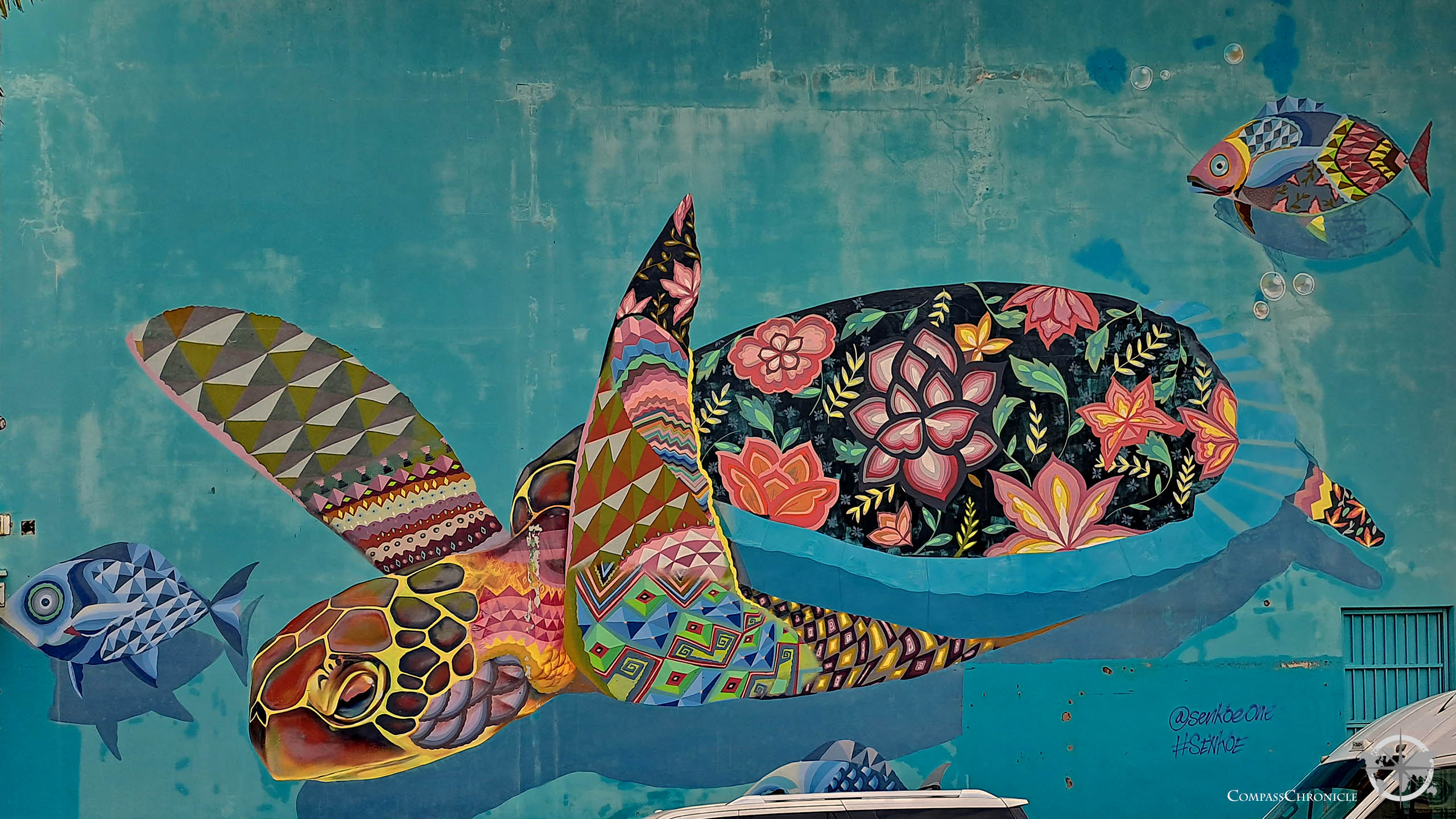


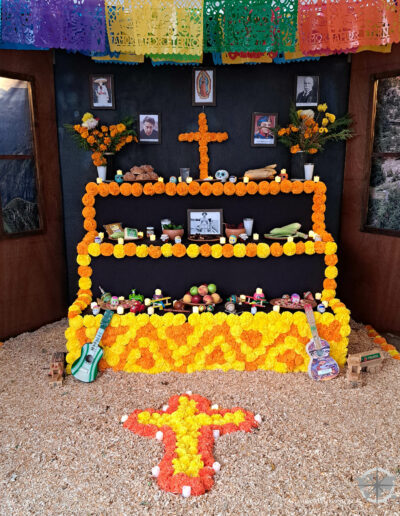




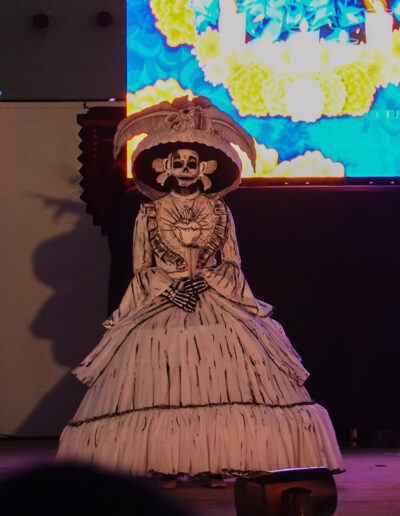
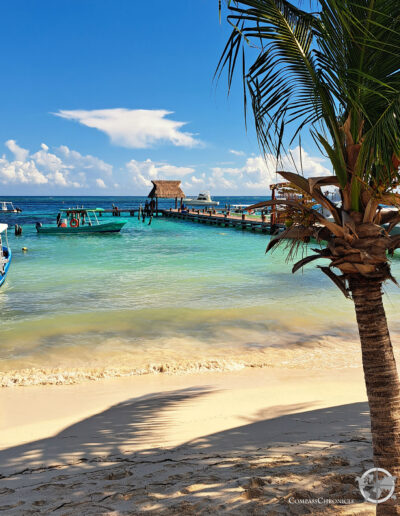







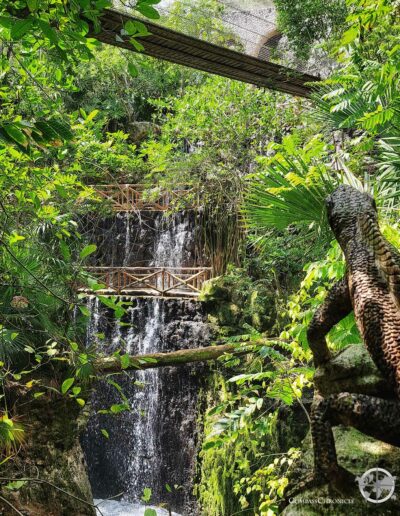
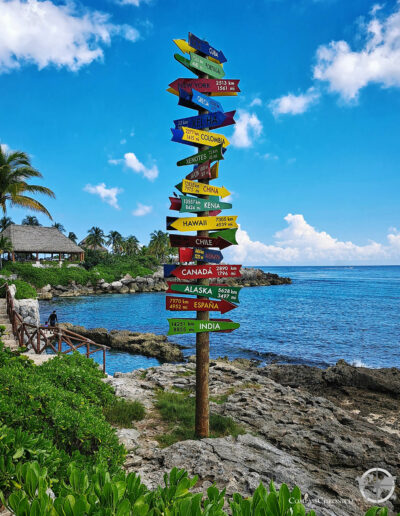



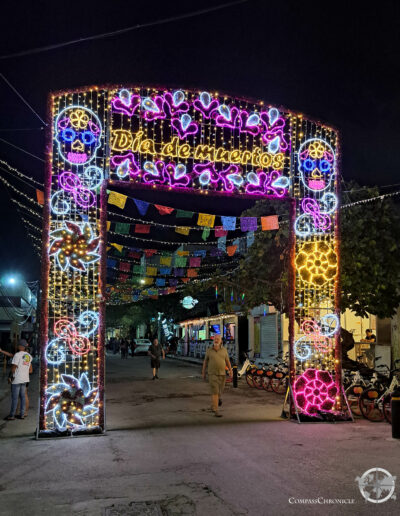
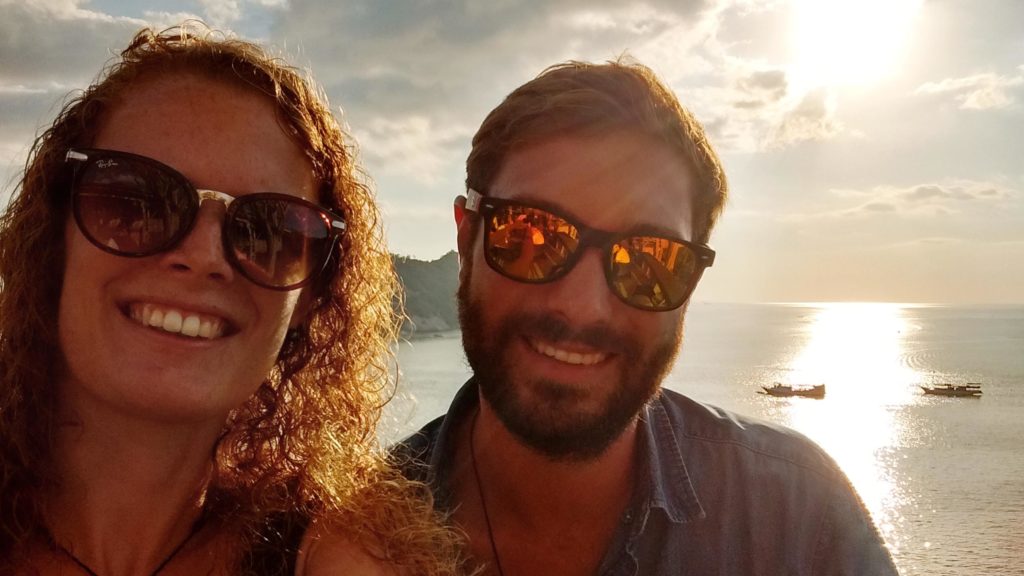
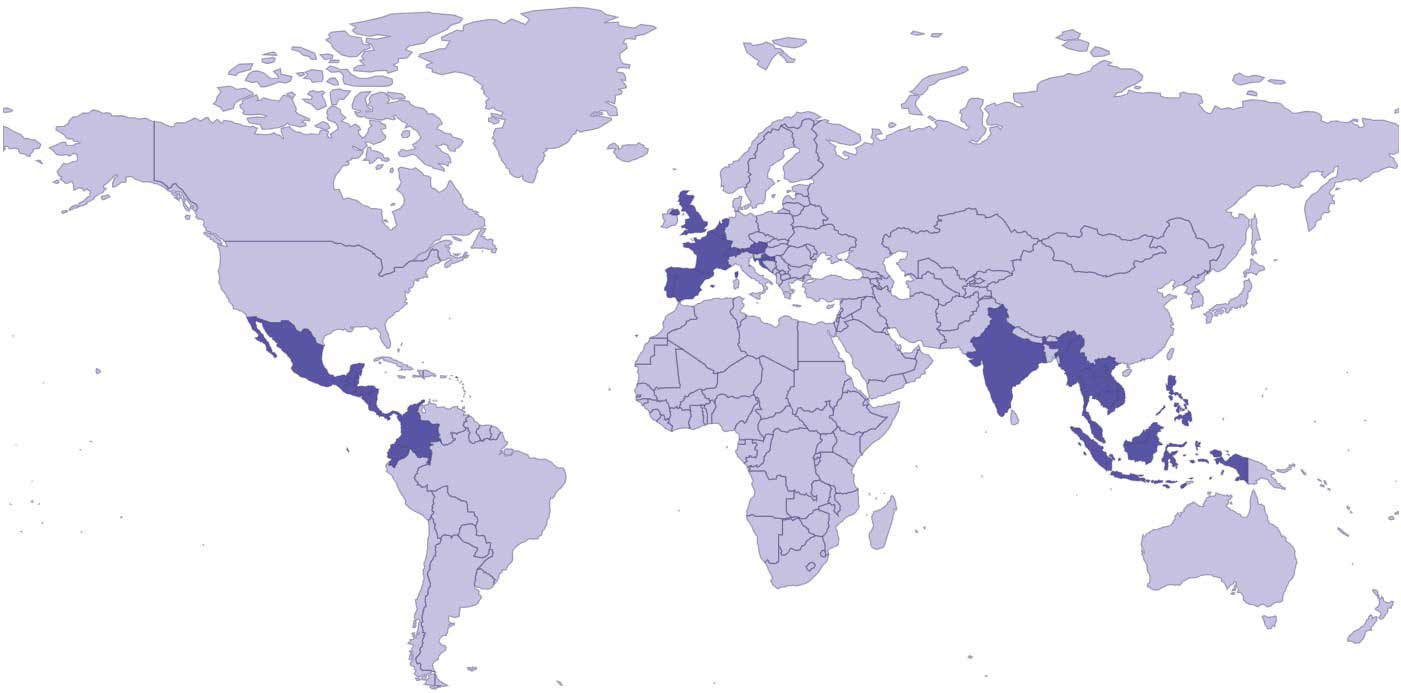

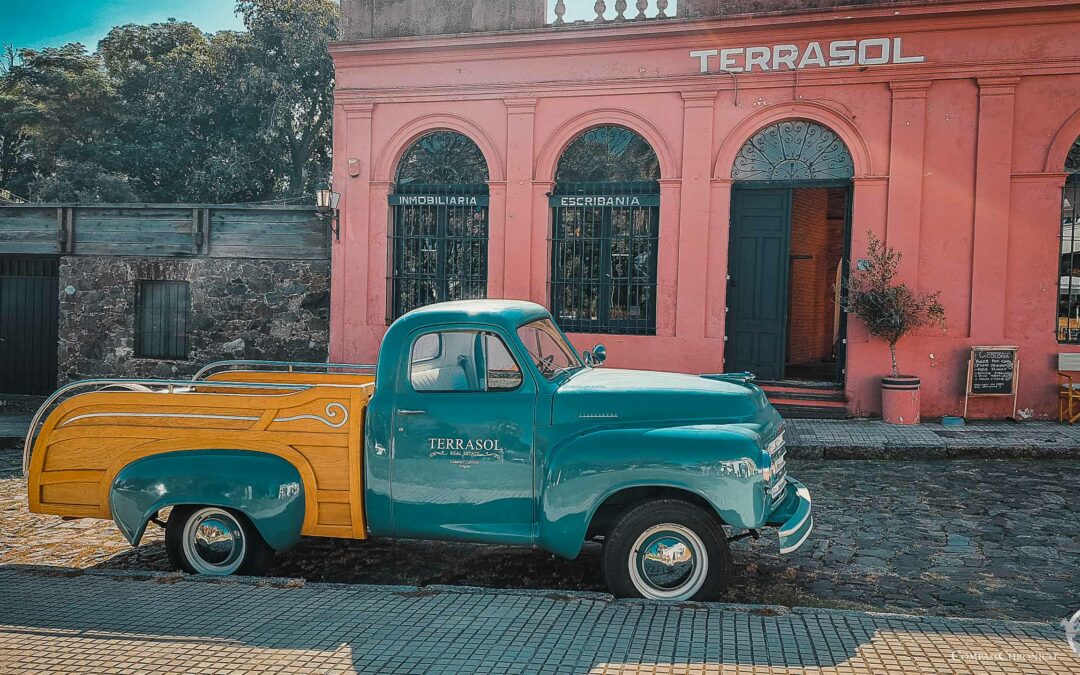
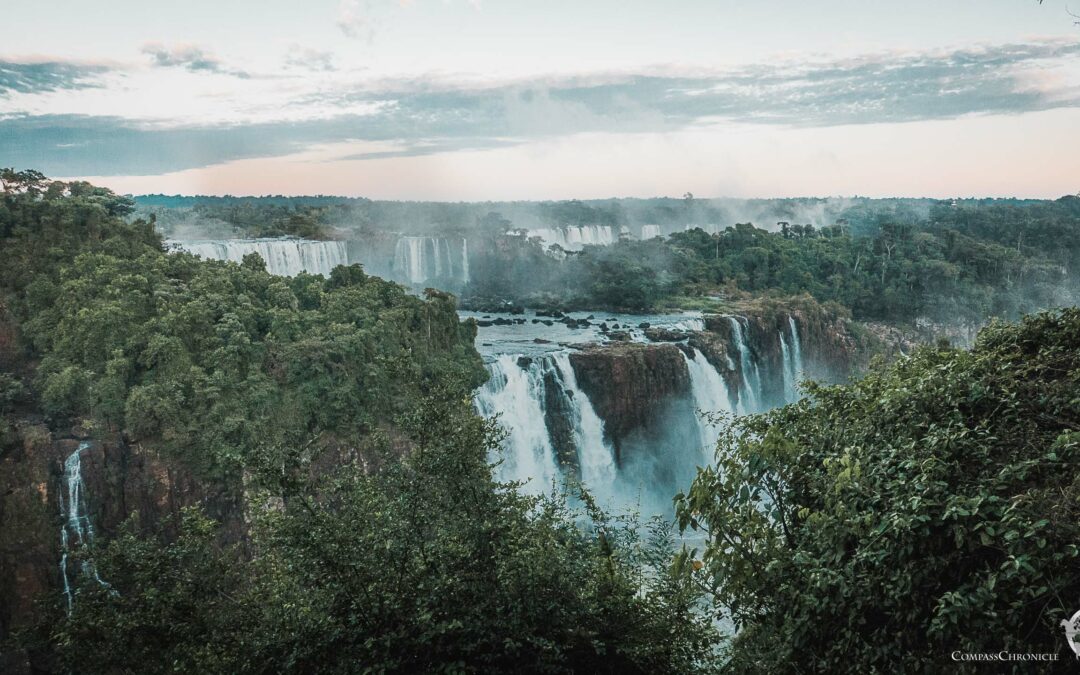
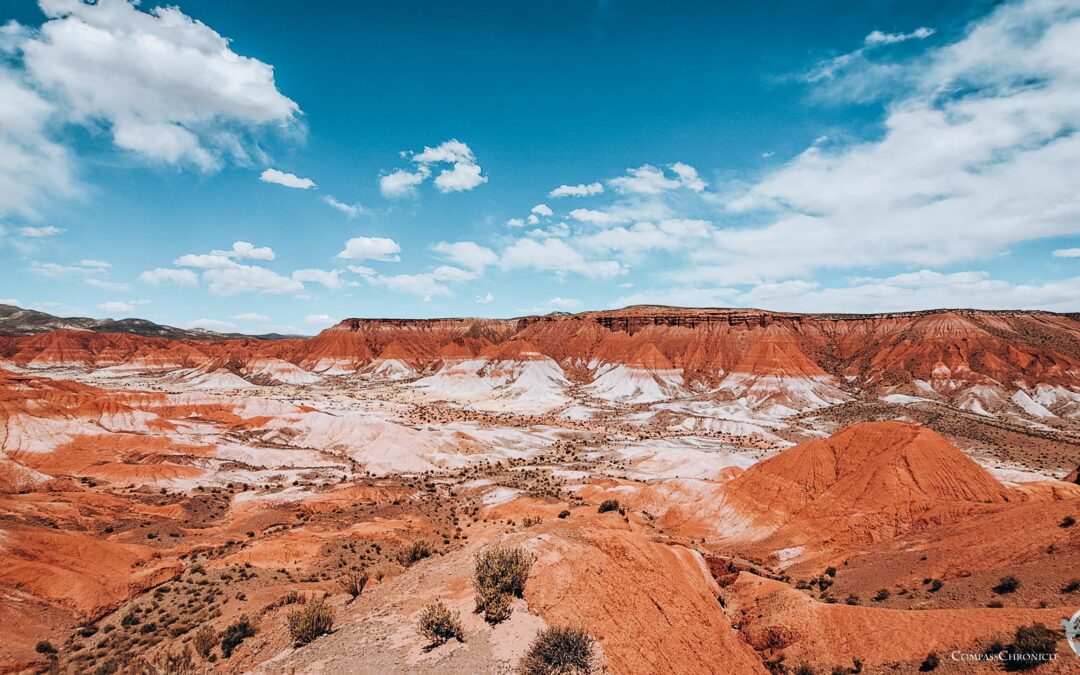
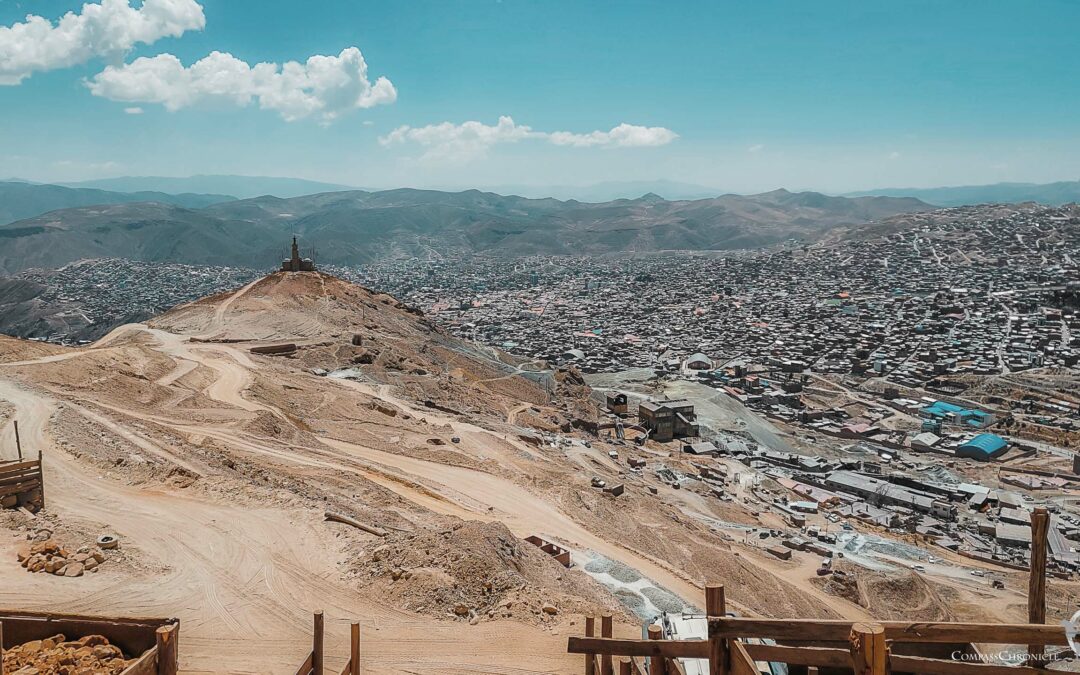
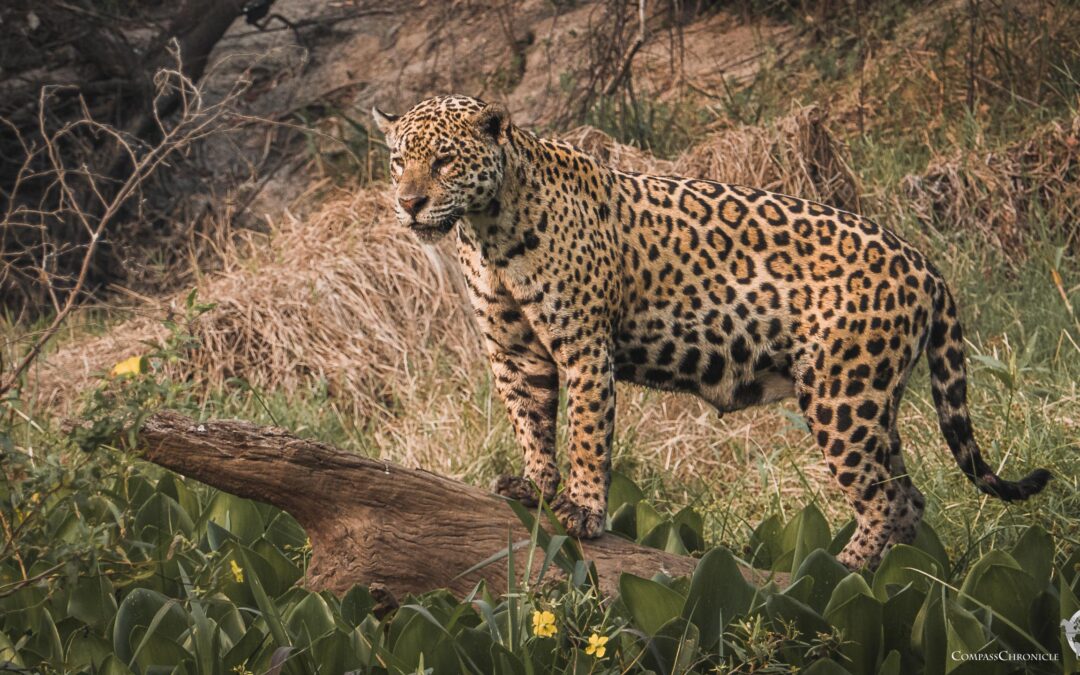
0 Comments